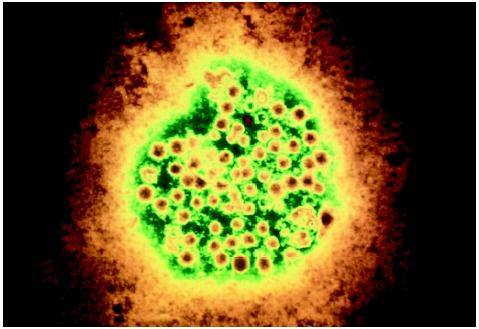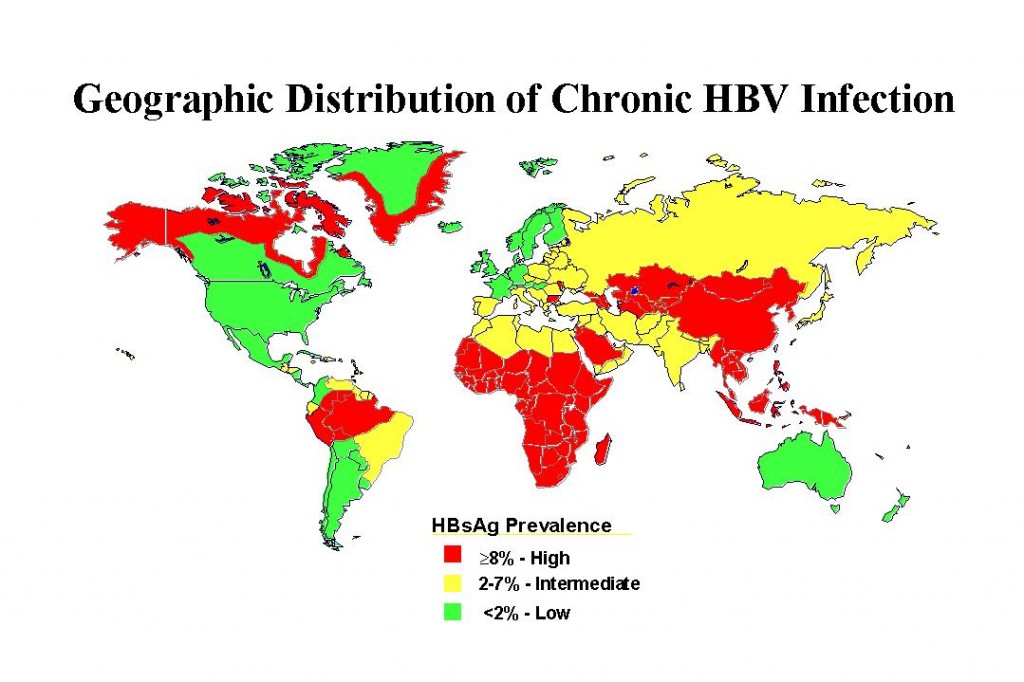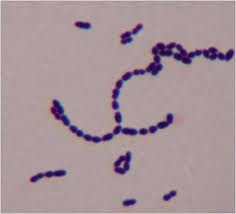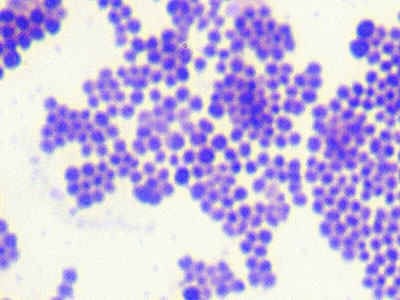Adenovirus
Adenoviruses, of which there are over 50, can cause a variety of illnesses ranging from mild respiratory disease, to very painful eye infections, diarrheal illnesses, rashes, and even life-threatening infections in those who are immune compromised. The number of cases of Adenovirus infection are not regularly tracked since many cases will go undiagnosed, but these infections are considered to be very common throughout the life span, although they may be more common in younger people as they would be less likely to have prior exposure and any level of immunity. Adenovirus infections cause significant lost days of work and school and are certainly an infection worth preventing.









